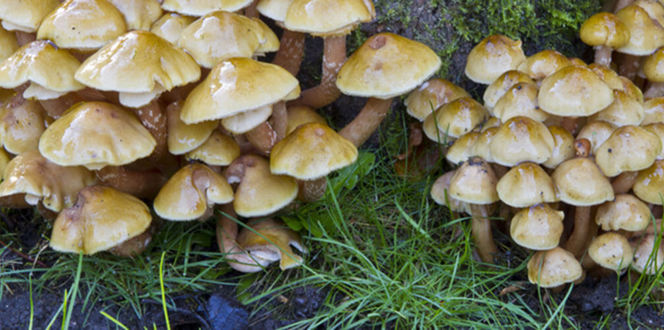Powdery Mildew Description:
Powdery mildew can be caused by many different species of fungi. The fungi leave a white powdery appearance on the surface of blades of grass.
Hosts:
This disease can occur in most plant types.
Biology & Symptoms:
Initial symptoms may be hard to notice, especially in large yards. White spots can form on the blades of grass, and eventually can overtake the blades creating large white patches of grass throughout the lawn. Poor air circulation, high humidity, cool air temperature, and low light intensity favor disease development.
Management:
Powdery mildew is not a serious problem, but it can be unsightly. It is difficult to remove powdery mildew once it has developed, so prevention is the best method of treatment. Here are a few tips to help your lawn resist powdery mildew:
- Powdery mildew thrives in cool, damp environments. Prune trees and shrubs to allow plenty of sunlight to your lawn.
- Consider planting grass that does well in the shade, such as St. Augustinegrass. Resistant turfgrass cultivars may also be available.
- Poor soil conditions can make your grass more susceptible to powdery mildew. Consider lawn aeration to improve your soil’s air and water levels, thus encouraging turf quality.
To find out the best way to prevent powdery mildew on your property, consult your local landscape professional.





